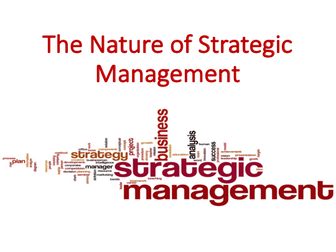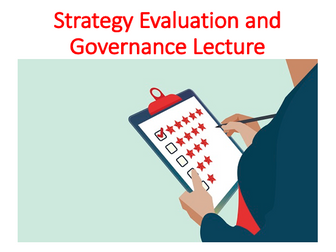Business Vision and Mission (Strategic Management)
<p><strong>Business Vision and Mission (Strategic Management)</strong></p>
<p>This lecture describes the nature and role of vision and mission statements in strategic planning, and provides specific guidelines on how to develop these statements. Both characteristics and components that should be included in these statements are provided, as are numerous examples. In this Strategic Management course, students should become proficient devising and improving vision and mission statement documents, and this lecture provides the foundation for that knowledge. Everything a company or organization does should be vision and mission driven, so the language in these statements is vitally important – the statements are not just “feel good” platitudes.</p>
<p><strong>Learning Objectives of lecture:</strong></p>
<ol>
<li>Explain the need for core values statements in strategic management.</li>
<li>Describe the nature and role of vision statements in strategic management.</li>
<li>Identify the characteristics of a vision statement.</li>
<li>Describe the nature and role of mission statements in strategic management.</li>
<li>Identify and discuss the characteristics of an effective mission statement.</li>
<li>Identify the components of mission statements.</li>
<li>Discuss the benefits for a firm of having clear vision and mission statements.</li>
<li>Evaluate and write mission statements for different organizations.</li>
</ol>
<p><strong>By purchasing this resource, you will get:</strong></p>
<p>Business Vision and Mission Lecture Power Point Presentation<br />
Test bank for Business Vision and Mission Lecture / Seminar with all answers<br />
1 file with useful notes for instructor<br />
File with teaching tips</p>
<p><strong>Once you will purchase this resource please write some feedback!</strong></p>
<p><strong>You may also like:</strong><br />
<a href="https://www.tes.com/teaching-resource/the-nature-of-strategic-management-strategic-management-12175353">The Nature of Strategic Management (Strategic Management)</a></p>













